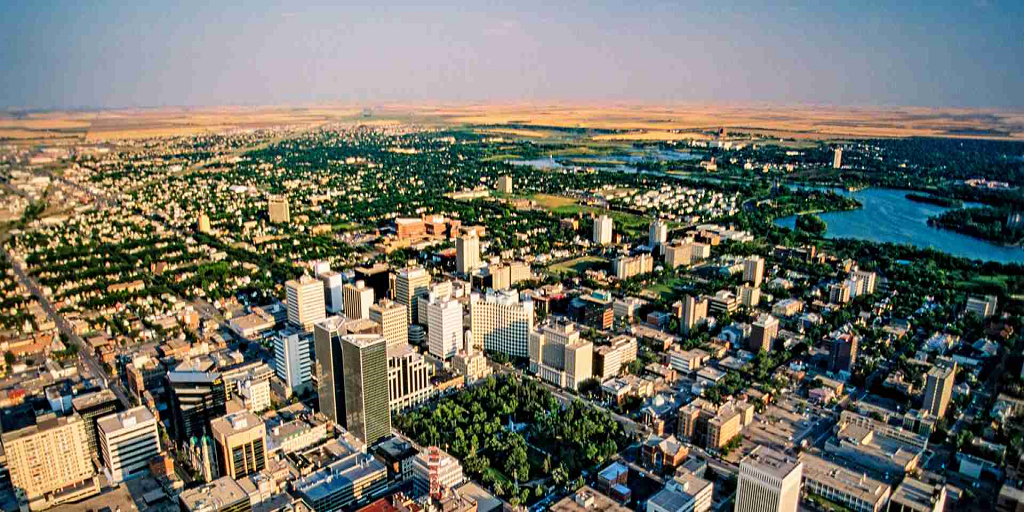It’s easy to assume that fences mark the true edge of a property, but in reality, they can be surprisingly misleading. Whether it’s a new homeowner putting up a fence without proper verification or a long-standing structure built decades ago without the right documentation, it’s more common than you might think for fences to end up in the wrong place.
That’s where a Real Property Report (RPR) becomes an essential document.
If you’re facing a property line dispute—or even just want peace of mind that your fence and other structures are where they legally belong—an RPR might be the only way to get clear, legal proof of your boundaries.
What Is a Real Property Report?
A Real Property Report outlines the existing boundaries of a property and pinpoints the placement of any visible structures or additions in relation to the property lines. This can include features like fences, decks, sheds, garages, driveways, and even air conditioning systems.
More importantly, an RPR reveals whether any of these structures encroach onto a neighboring property or into a municipal setback, utility right-of-way, or easement.
For homeowners, this document can be a powerful tool—especially if a neighbour claims your fence is too far over or your shed is partially sitting on their land.
How Disputes Happen
Disagreements between neighbours often start small—a passing comment about how close the fence is, a garden bed that seems to stretch over the line, or confusion over an alleyway’s true boundary. But without a Real Property Report, any claims are little more than speculation.
When someone believes their property is being encroached upon, the first instinct is usually to “eyeball it” or refer to general title documents. Unfortunately, these don’t provide the precision needed to resolve such disputes.
An updated RPR offers an authoritative, survey-based answer. And because it’s a legally recognized document, it’s also something that municipalities, lawyers, and real estate professionals trust and rely on during property transactions and legal proceedings.
When You’ll Need One
While disputes are a major reason homeowners seek out a Real Property Report in Alberta, they’re also commonly required during real estate transactions. If you’re planning to sell your home, chances are your buyer—or their legal counsel—will ask for a current RPR with a compliance stamp from the municipality. This ensures the property complies with local zoning bylaws and that any structures are in the right place.
Even if you’re not selling right now, it’s a smart idea to have an updated RPR on file. If you’ve recently built a fence, added a garage, extended a deck, or made any other structural changes, your old RPR may no longer be valid.
Avoid Costly Mistakes
Moving a fence or dealing with a neighbour’s complaint can be expensive—not just in terms of money, but also time and neighbourly goodwill. In some cases, property line mistakes have even led to legal action, which can be incredibly stressful for all parties involved.
Rather than guessing or hoping that everything is in the right place, investing in a current Real Property Report Alberta homeowners can rely on is the most reliable way to protect your property rights.
When it comes to defining your space and avoiding unwanted surprises, a Real Property Report in Alberta is more than just a formality—it’s a line of defense.
For more information about Survey Services Regina and Land Surveying Saskatchewan Please visit: 3333333.
